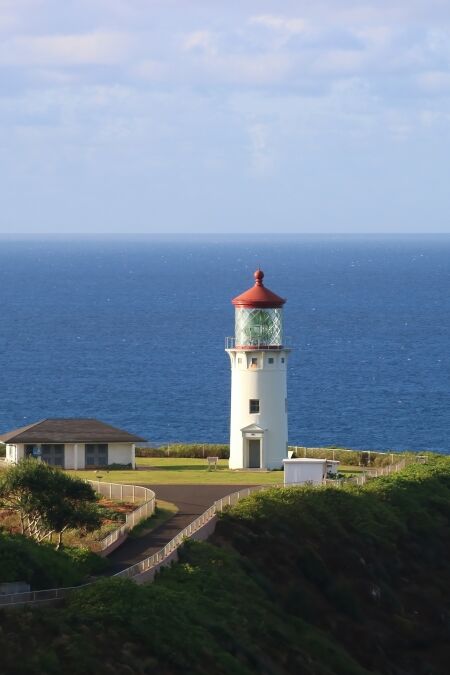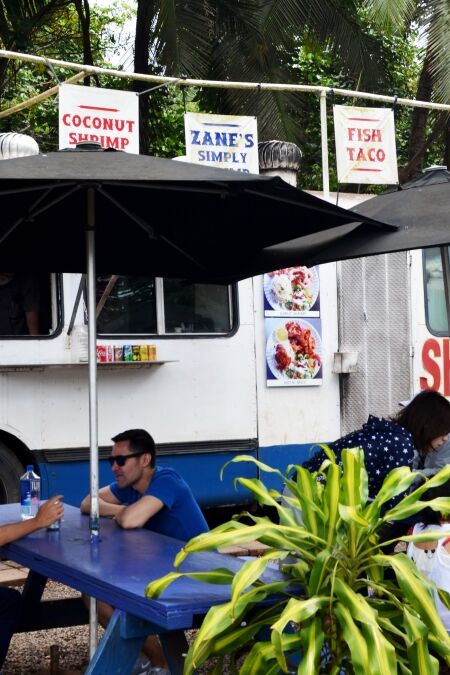Crater Rim Drive is a scenic 11-mile route circling the summit caldera of Kilauea Volcano within Hawaii Volcanoes National Park, offering visitors unparalleled views of active volcanic craters and diverse landscapes. As one of the park’s most popular drives, it takes you through lush rainforests, steaming vents, and otherworldly lava fields. This guide provides essential information on the must-see stops, the best times to visit, and tips for exploring this unforgettable drive through Hawaii’s volcanic heart.
Highlights
- Crater Rim Drive features several designated viewpoints, including Kilauea Overlook, where you can take in breathtaking panoramas of the caldera and steaming vents.
- The drive takes you through diverse landscapes—from dense rainforests to barren lava fields.
- Access to iconic hikes like the Kilauea Iki Trail and Devastation Trail is available along the route.
- Along the way, stop at the Sulfur Banks and Steam Vents, where volcanic gases rise from the earth, creating otherworldly scenes with colorful mineral deposits.
- The route passes by the Jaggar Museum and Hawaiian Volcano Observatory, where you can learn more about the history of Kilauea and volcanic science.
History
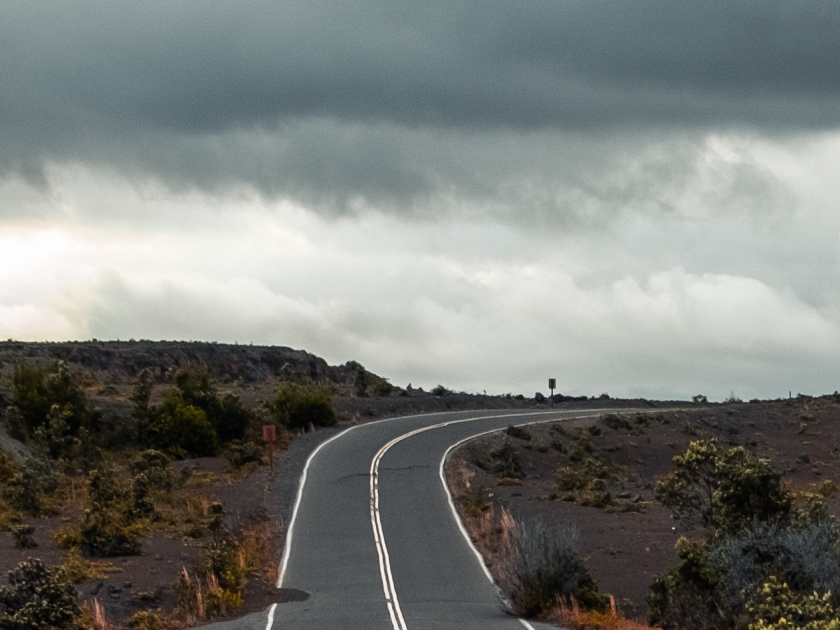
Crater Rim Drive offers a spectacular journey through volcanic landscapes, with sweeping views of Kilauea Caldera, Halemaumau Crater, and other natural wonders. Due to recent volcanic activity, parts of the drive are currently closed, especially around Halema’uma’u Crater. The full 11-mile loop is not always accessible, so visitors should verify which sections are open before visiting. The road itself carries a rich history closely tied to the development of the park and the region’s ever-changing volcanic activity.
Early Development of Crater Rim Drive
In 1916, Hawaii Volcanoes National Park was established, but access to its stunning features was initially difficult due to rough, unpaved roads. During the 1920s, the Civilian Conservation Corps (CCC) stepped in, constructing roads and trails that greatly improved access to the park’s natural attractions. By the 1930s, Crater Rim Drive was fully paved, marking a significant milestone in making the park more accessible to visitors and enhancing their experience of the dramatic volcanic scenery.
Challenges and Repairs Due to Volcanic Activity
The 1980s brought new challenges to Crater Rim Drive, as the Kilauea volcano became more active. Lava flows and earthquakes caused frequent road closures, necessitating ongoing repairs. In 1983, a major earthquake struck, causing significant damage to the roadway and forcing a temporary closure. The 1990s saw efforts to rebuild sections of the road to better handle the increasing number of visitors and to strengthen it against future volcanic disruptions.
2018 Eruption
In 2018, Kilauea volcano experienced a major eruption that dramatically affected Crater Rim Drive. Lava flows covered sections of the road, leading to closures and traffic rerouting. The eruption also caused extensive damage to park infrastructure, including the Jaggar Museum and Volcano House.
Repairs and Recovery
After the eruption, the National Park Service launched a large-scale effort to repair the damaged parts of Crater Rim Drive and restore park facilities. While some areas remain closed due to continued volcanic activity, most of the road is now accessible to visitors. Kilauea remains under close watch for any signs of renewed volcanic activity, ensuring the safety of both visitors and staff. Crater Rim Drive stands as a symbol of nature’s resilience and the ongoing efforts to preserve this remarkable landscape.
Crater Rim Drive Today
Today, Crater Rim Drive remains a beloved attraction within Hawaii Volcanoes National Park, offering visitors a one-of-a-kind experience of the powerful forces that shape Hawaii’s landscape. The National Park Service continues to perform routine maintenance, carefully monitoring the road for any signs of damage caused by volcanic activity or natural wear. This ongoing work ensures that visitors can safely enjoy the breathtaking views and rich history that Crater Rim Drive provides.
Top Attractions Along Crater Rim Drive
Kilauea Visitor Center
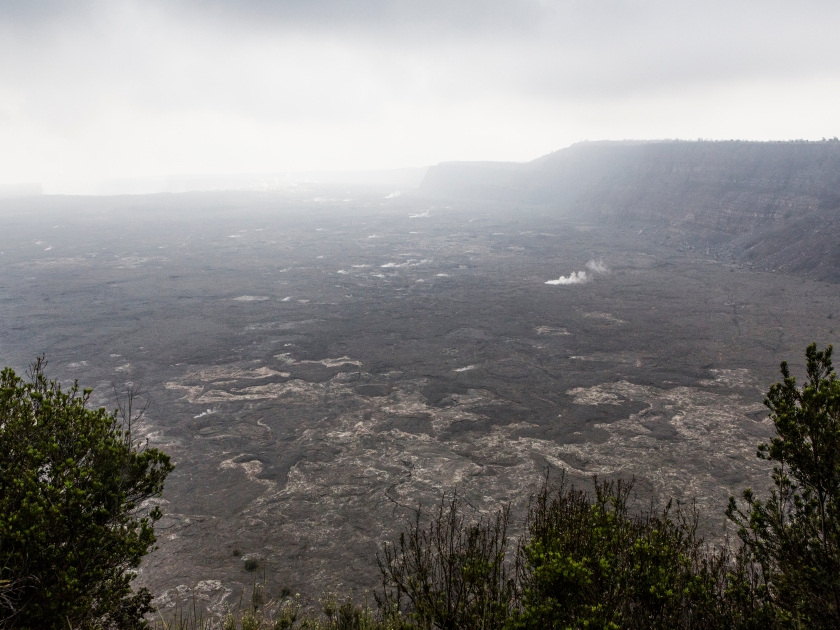
Begin your adventure at the Kilauea Visitor Center, where you can gather essential information about the park, explore exhibits on volcanic activity, and learn about the cultural significance of the area. It’s the perfect starting point to gain insight into the powerful forces shaping the landscape you’re about to explore.
Steam Vents
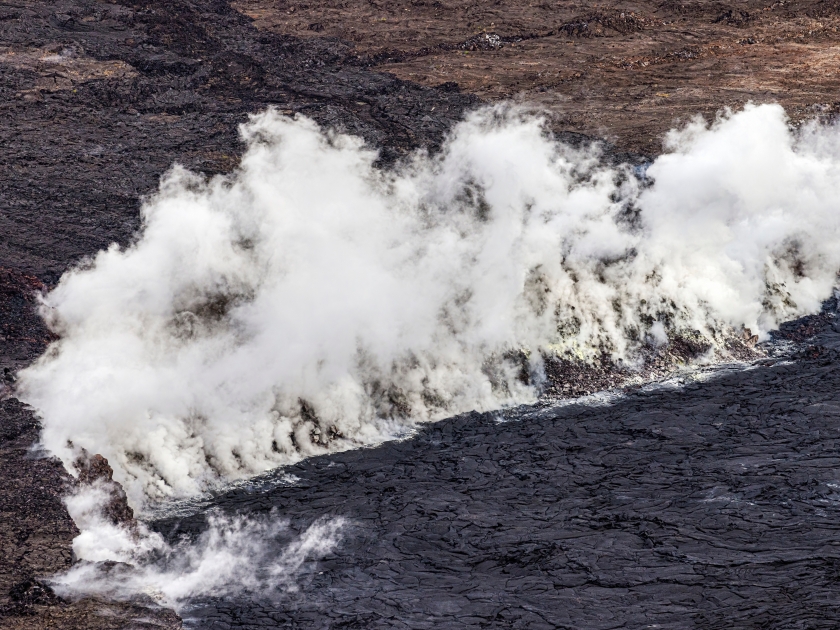
The Steam Vents offer a mesmerizing glimpse into the geothermal activity beneath your feet. Here, you can see hot steam rising from the ground as groundwater meets the volcanic heat, giving you a tangible sense of Kilauea’s ongoing power.
Jaggar Overlook
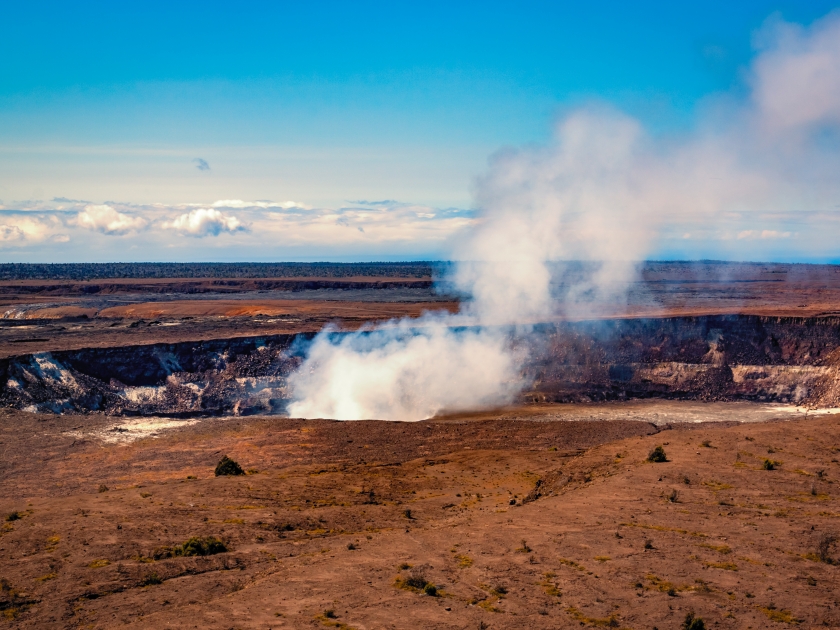
At the Jaggar Museum Overlook, you’ll discover fascinating details about Kilauea’s eruptions and the science of volcanology. This viewpoint also offers some of the most stunning panoramic views of the caldera, making it a must-see stop along Crater Rim Drive.
Thurston Lava Tube
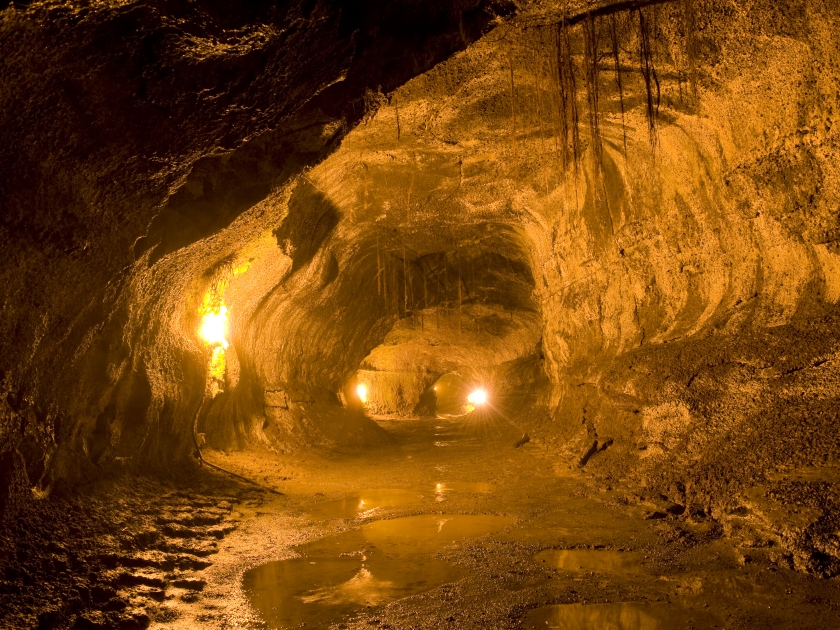
A walk through the Thurston Lava Tube allows visitors to experience the remnants of a lava flow firsthand. This natural tunnel, created by flowing lava, offers a unique and easy hike through a tropical rainforest, providing insight into the volcanic forces that shaped the landscape.
Devastation Trail
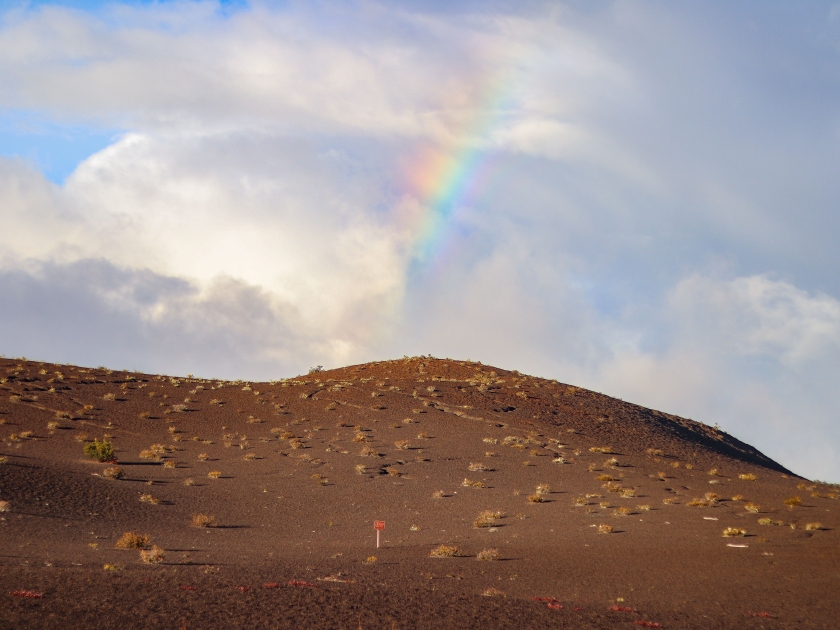
Devastation Trail is a short, accessible hike that takes you through the stark aftermath of the 1959 Kilauea Iki eruption. The barren landscape of cinders and sparse vegetation offers a striking contrast to the surrounding rainforest, highlighting the destructive and regenerative power of volcanoes.
Kilauea Iki Overlook
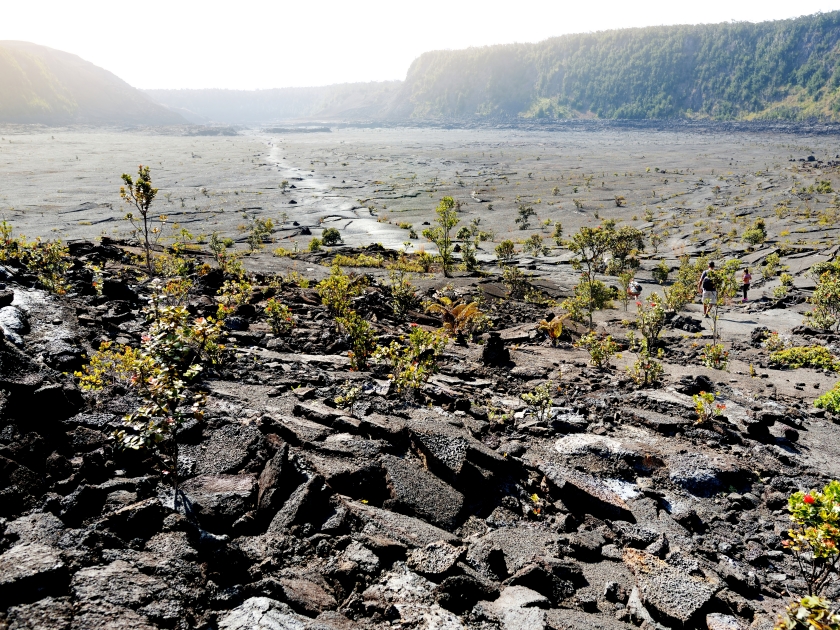
The Kilauea Iki Overlook provides an impressive view of the massive crater formed by the 1959 eruption. This scenic viewpoint allows you to imagine the once-roaring lava lake and now solidified surface, offering a glimpse into Hawaii’s explosive volcanic history.
Halema'uma'u Crater
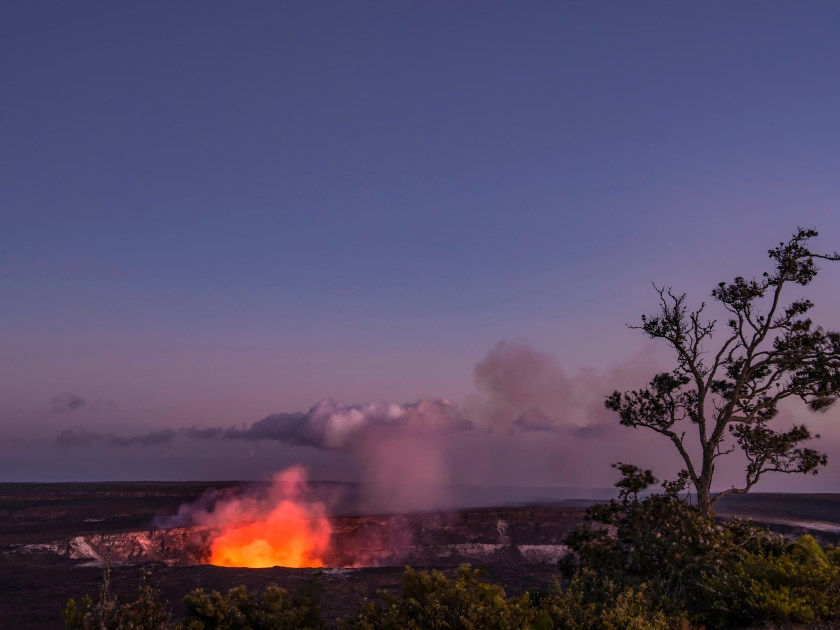
At Halema’uma’u Crater, you’ll witness one of the most iconic volcanic features in the park. Still emitting volcanic gases, this crater is a powerful reminder of Kilauea’s ongoing activity, providing a dramatic and unforgettable experience for visitors.
Tips for Visiting
- Plan ahead: Check for any road closures or weather updates before your visit, as volcanic activity can impact access to certain areas.
- Start early: Arrive in the morning to avoid crowds and enjoy cooler temperatures.
- Wear sturdy shoes: Some trails and viewpoints have uneven terrain, so comfortable, supportive footwear is recommended.
- Bring water and snacks: There are limited services along the drive, so it’s important to stay hydrated and fueled.
- Dress in layers: The weather can change quickly due to elevation, so be prepared for both warm and cool conditions.
- Respect safety signs: Stay on marked paths and away from hazardous areas such as cliff edges and steam vents.
- Take your time: Stop at the various viewpoints and attractions to fully appreciate the unique landscape.
- Be mindful of wildlife: Keep a respectful distance from any animals you encounter, especially the native Hawaiian goose (nēnē).
Best Times to Visit
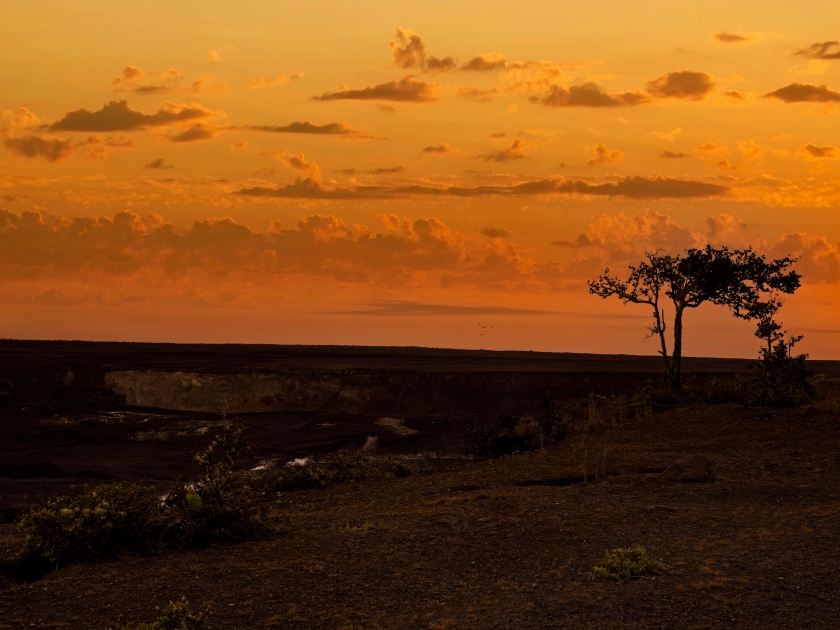
The best time to visit Crater Rim Drive is during the dry season from April to October when clear skies and optimal views are more likely. However, the park’s weather can be unpredictable year-round, and it’s essential to prepare for varying conditions. For cooler temperatures and fewer crowds, plan your visit in the early morning or late afternoon. Since the elevation can cause rapid weather changes, it’s important to dress in layers and be prepared for both warm sunshine and sudden rain or mist during your drive.
Frequently Asked Questions (FAQs)
Crater Rim Drive is approximately 11 miles long, providing easy access to key attractions like the Jaggar Museum and the Halemaʻumaʻu Crater.
Crater Rim Drive is open year-round, though portions may occasionally close due to volcanic activity or maintenance.
Key stops along Crater Rim Drive include the Kilauea Overlook, Thurston Lava Tube, and Steam Vents, each offering unique views of volcanic features.
The drive around Crater Rim Drive typically takes 1 to 2 hours, depending on how many stops you make at scenic viewpoints and attractions.
Yes, Crater Rim Drive is safe for visitors, but it’s essential to follow park guidelines and stay on marked paths, especially near active volcanic areas.
Visitors to Crater Rim Drive may spot native birds like the nēnē (Hawaiian goose) and other wildlife adapted to the volcanic environment.
How to Get There
By Car
To reach Crater Rim Drive by car, start by heading to Hawai’i Volcanoes National Park, located on the Big Island of Hawaii. From Hilo, take Highway 11 south for about 30 miles until you reach the park entrance. Once inside, follow the signs to Crater Rim Drive. This scenic drive takes you around the rim of the Kilauea caldera, offering numerous viewpoints and points of interest along the way. Be sure to check for any road closures or detours due to volcanic activity or maintenance.
By Bus
Traveling to Crater Rim Drive by bus involves a bit more planning. From Hilo, catch the Hele-On Bus service that operates routes to the Volcano area. The bus route may not take you directly to the park entrance, so additional arrangements such as a taxi or shuttle might be needed to reach the park itself. Once at the park entrance, visitor centers can provide information on the availability of guided tours or shuttles operating within the park, offering access to Crater Rim Drive and its attractions.
Ride the Rim and Feel the Heat
Crater Rim Drive is more than just a scenic route—it’s a front-row seat to the raw, untamed power of Hawaii’s volcanic landscapes. From breathtaking vistas to hands-on geological wonders, this drive is an unforgettable experience that immerses you in the beauty and drama of nature’s forces. A must-do for anyone visiting Hawaii Volcanoes National Park, Crater Rim Drive offers stunning views, educational stops, and memories that will leave you in awe of the Earth’s fiery spirit.


